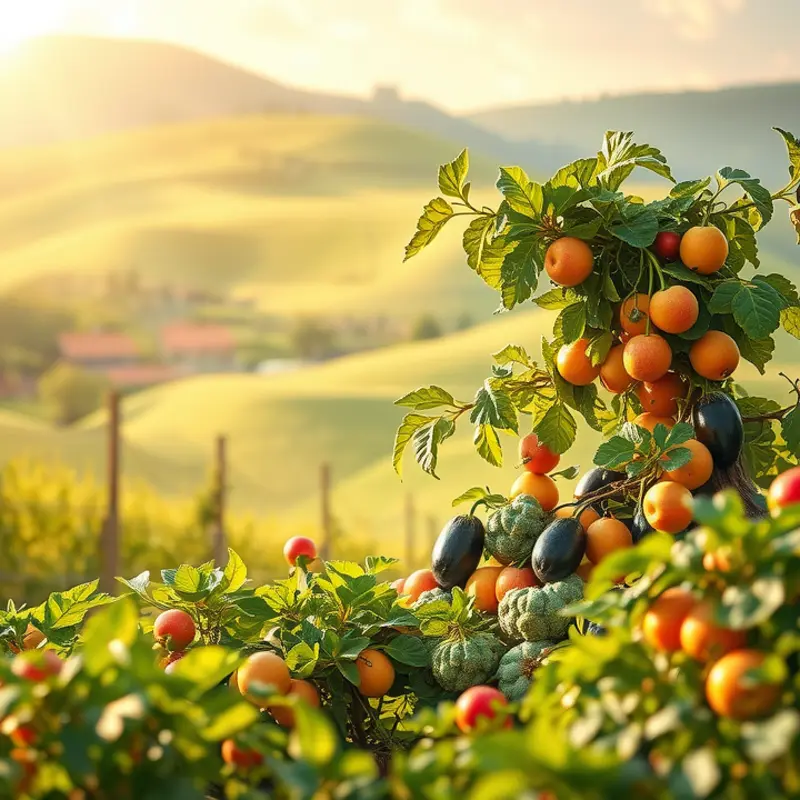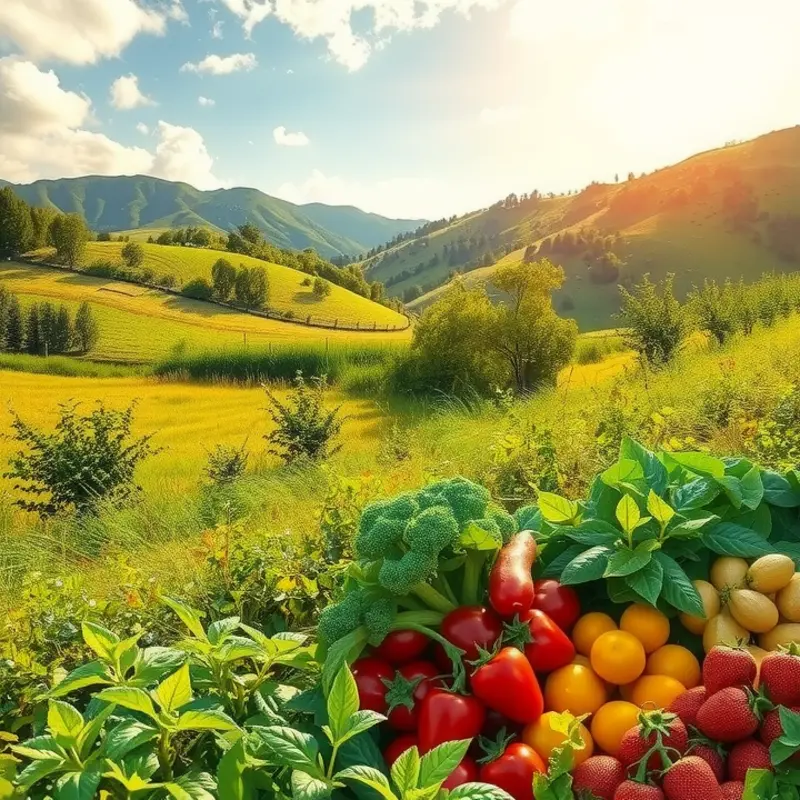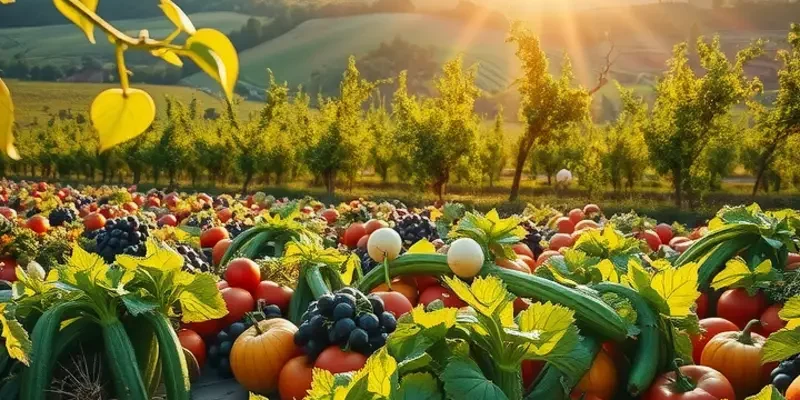Proper vegetable storage is crucial for maximizing freshness and minimizing waste. By adopting effective storage techniques, you can extend the life of your produce, enjoy it at its best, and manage your kitchen more efficiently. Understanding how to store different types of vegetables can save you time and money while promoting a healthier lifestyle.
Choosing the Right Storage Methods

To preserve the freshness and flavor of vegetables, the first step is understanding the best storage methods for each type. This requires tailoring storage techniques based on the vegetable’s natural properties.
Refrigeration is essential for many vegetables. Leafy greens like spinach and lettuce thrive in cooler temperatures. Wrap them loosely in a paper towel before placing them in a perforated bag. This prevents excessive moisture build-up which can accelerate spoilage. Similarly, broccoli and cauliflower should be stored in their original packaging or a breathable container to maintain optimal humidity levels.
In contrast, some vegetables fare better at room temperature. Tomatoes, for instance, lose their flavor and texture in the fridge. Store them stem-side down in a single layer to prevent bruising. Onions and garlic should also be kept in a cool, dry area to avoid sprouting or becoming mushy.
For root vegetables, root cellaring is an age-old technique that remains effective. Carrots, beets, and potatoes can be stored in a dark, cool environment like a basement or pantry. Ensure they are kept in a breathable container to prevent moisture and rot. Do not wash these vegetables before storage; the natural dirt can protect them for longer.
An essential consideration is proper packaging. Vegetables that release ethylene gas, such as apples or bananas, should be stored away from ethylene-sensitive vegetables like leafy greens. Proper packaging helps in segregating these gases and prolongs freshness. Using reusable storage bags or containers specifically designed for vegetable storage can reduce waste and maintain freshness longer.
A lesser-known technique involves fermentation or pickling. For vegetables that are abundant during certain seasons, pickling is a way to extend their shelf life significantly. It also enhances flavor, providing an opportunity to enjoy seasonal produce year-round.
An eco-smart kitchen approach can minimize spoilage and enhance efficiency. For further insights on environmentally friendly storage techniques that align with these methods, explore our comprehensive guide.
Overall, blending traditional techniques with modern storage innovations is key to mastering vegetable storage. By adopting these methods, you not only enjoy fresh and flavorful meals but also contribute to reducing food waste.
Maintaining Optimal Freshness

Proper storage of vegetables is essential to extending their shelf life and reducing waste. To maintain optimal freshness, consider three critical factors: humidity levels, temperature control, and regular monitoring of expiration dates and conditions.
Humidity plays a significant role in keeping vegetables fresh. Leafy greens, such as lettuce and spinach, thrive in a humid environment. Place these in the high-humidity drawer of your refrigerator to prevent wilting. On the other hand, onions and garlic prefer a lower humidity setting and should be stored in a cool, dry area outside the fridge. Using perforated bags can also help balance humidity levels by allowing air circulation while keeping moisture controlled.
Temperature is another crucial factor. Most vegetables maintain their freshness in a refrigerator’s coolness, ideally between 32-40°F (0-4°C). Vegetables like cucumbers and zucchini can become mushy if stored too cold, so consider using a slightly warmer spot in the fridge or even storing at room temperature if consumed within a few days.
Monitoring expiration dates is essential to avoid spoilage. However, not all vegetables come with these dates, making visual and tactile inspection important. Check regularly for any changes in texture or color. For example, discoloration or slimy surfaces often indicate spoilage. Keep an eye on signs of mold, and remove any affected parts promptly to prevent spreading.
Utilizing older produce is a key strategy to minimize waste. If you notice some of your vegetables nearing the end of their freshness, consider options like freezing or cooking them into dishes that can be stored long-term. Soups, stews, and stir-fries are excellent for using up a mix of veggies. Visit this guide on low-waste cooking practices for more ideas on how to maximize your ingredients without waste.
Consistent practices in managing humidity, temperature, and spoilage can ensure your vegetables remain fresh as long as possible. Explore creative ways to incorporate older produce into your meals, reducing waste while enjoying diverse flavors and textures.
Final words
Efficient vegetable storage can significantly enhance your culinary experience while reducing waste. By choosing the right storage methods and maintaining optimal conditions, you ensure your vegetables retain their freshness and nutrients for as long as possible. Practicing these techniques fosters mindful eating habits and sustainable living, allowing you to enjoy the full flavor and benefits of your produce. Equip yourself with these tips for a well-managed kitchen and a more sustainable lifestyle.







